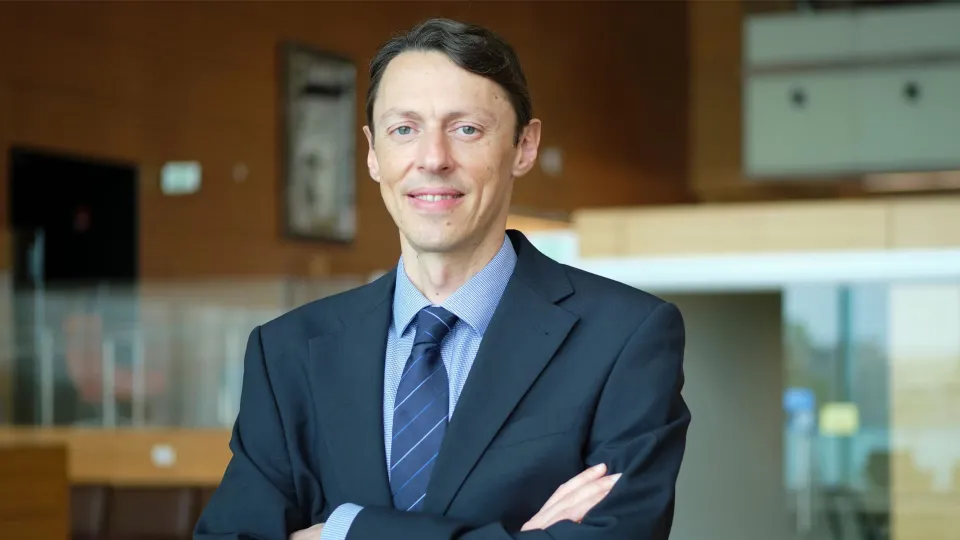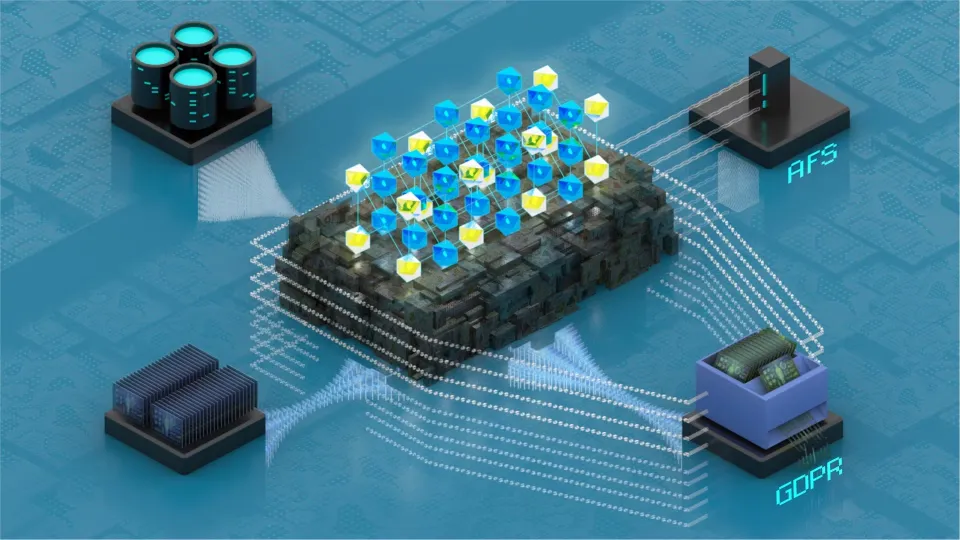News
August 2024
July 2024
June 2024
May 2024
April 2024
March 2024
February 2024
Shuffling the deck for privacy
1 min read
·
Matteo Parsani begins cycling journey across Saudi
1 min read
·
January 2024
Going likelihood-free with neural networks
1 min read
·
Dr. KID turns biological models into fun puzzles
1 min read
·
December 2023
November 2023
Neural networks give deeper insights
1 min read
·
Kidney Matchmaking Receives Algorithm Boost
1 min read
·
October 2023
Real-time modeling a step closer to reality
1 min read
·
KAUST celebrates 5000 days of education and research
1 min read
·
Outsmarting cyberattacks on microgrids
1 min read
·

















































